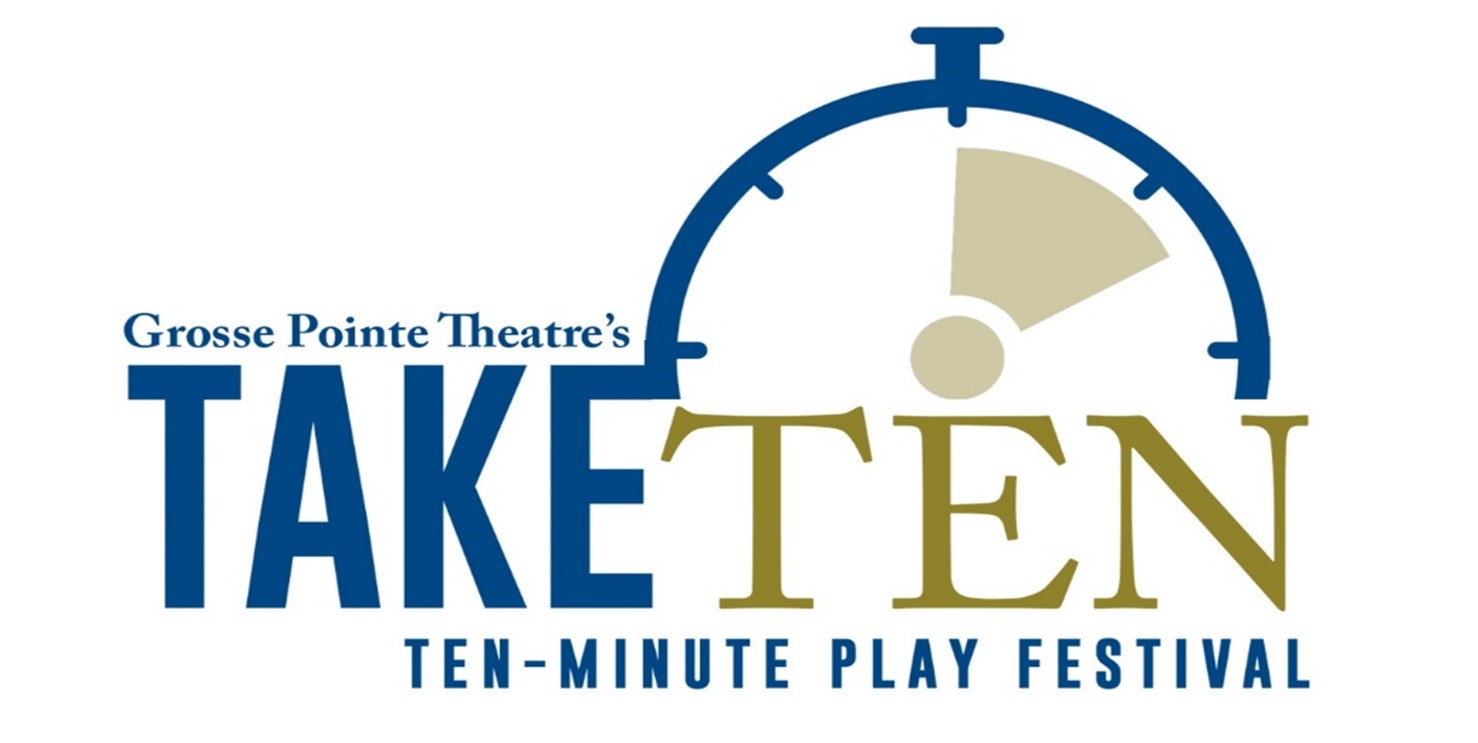According to creator and Michigan playwright Mary Lou Britton, you don’t have to be an accomplished playwright to enter, you just need a desire to tell the story in play form, developing a plot, characters and setting that can engage the audience.
The deadline for submission of plays for the 2024 Festival is midnight, Sunday, December 31, 2023. Plays in proper format and length must be submitted electronically to [email protected]. There is no charge to enter. Anyone over 18 years of age can enter, GPT member or not, from anywhere in Michigan or across North America. All plays will be evaluated anonymously by out-state judges who will select the ten plays to be included in the 2024 Festival. They will be announced around April 1, 2024.
The theme for 2024 is ‘What if…’ Your skills as a playwright should indicate that your protagonist or antagonist considered several optional solutions to the issues facing them, individually or together – or that the premise upon which the play is based is one that involved several well thought-out options.
“Playwriting opens up another dimension to storytelling, connecting each character’s experiences in a believable and entertaining way – in this case, all in ten minutes,” said Britton. “We look forward to seeing this year’s play entries and showcasing the best 10-minute plays next spring.”

What is a Short Play?
- The short play is five to seven pages, maximum. It serves us well because the shortness enables you to keep the whole play in mind as you write and allows you to examine your technique each time you write a line. Many times, the craft of playwriting gets lost in the momentum, problems and length of a full-length play. Remember that once you’ve mastered the short-play technique, you can easily expand your ideas and characters into a longer piece…either one-act or full length.
- The short play must have a beginning, a middle, and an end – and all the other pieces: a protagonist, an antagonist, a dramatic question, a climax.
Keep your play ‘realistic’ or ‘naturalistic.’ Because it is a form that you know well, you can master the basic craft in your attempt to explore style. A ‘realistic’ play is about contemporary people who you might know and who are executing their contemporary activities. Realism also involves contemporary, ordinary speech. Avoid dialects. Of course, realism does not mean boring or even serious. - Limit your play to two or three characters. Each character must have a complete character arc. Therefore, you may not have utilitarian characters. I encourage you to work with two characters.
- Keep all of your characters on stage as long as possible. Entrances and exits create activity, but many times deflate the dramatic action. You do not need blizzards or other phenomena to keep characters on stage. If characters have dynamic goals, they will stay on stage to pursue those goals. If you have written a character that keeps leaving, let him/her leave the play entirely because the goal is not strong enough for dramatic impact.
- Keep the setting in one locale. There are to be no breaks, no scene shifts, no blackouts and no time lapses. A short play cannot support the loss of momentum that each stage machination requires. For our purposes, you are to stay in one locale for a real-time conversation or dialog.
Create an early point of attack. The short form has no patience for introduction and exposition. Let this information find its way into the rising action. - Avoid speeches. If your characters’ needs are strong enough, they will not allow each other to talk too much. Make sure your crisis and your climax are ‘onstage events’ rather than ‘now I realize’ speeches.
- Keep the action onstage. Don’t talk about something that happened elsewhere or at another time; make all the action happen on your stage in your play.
- Get rid of greetings. When a new person enters a scene, drop the hello’s and the how-are-you’s. Although we say it all the time in real life, it’s just plain boring on stage. There are other ways to reveal relationships.
- Stage directions. In most cases, the fewer directions you have, the more concentrated and focused the actual action of the play will be.
- Things to include in stage directions:
- Basic description of the setting.
- Entrances and exits.
- Physical action that must be performed or the dialog makes no sense.
- Pertinent pauses in the dialog not filled by previously described actions.
- Things NOT to include in stage directions:
- Tone of voice or delivery hints for lines.
- Costume descriptions of what characters are wearing, unless pertinent to the action.
- Background on the sets or characters, other than the most basic information.
- Characters’ thoughts or intentions.
- Never delve into the interior lives of the characters or why objects are on stage.
- Don’t worry about upstage, stage right, etc. Make all references in relation to objects you’ve placed in their world. (EX: BETH moves behind the sofa or FRED enters from the bedroom.)
- Things to include in stage directions:
